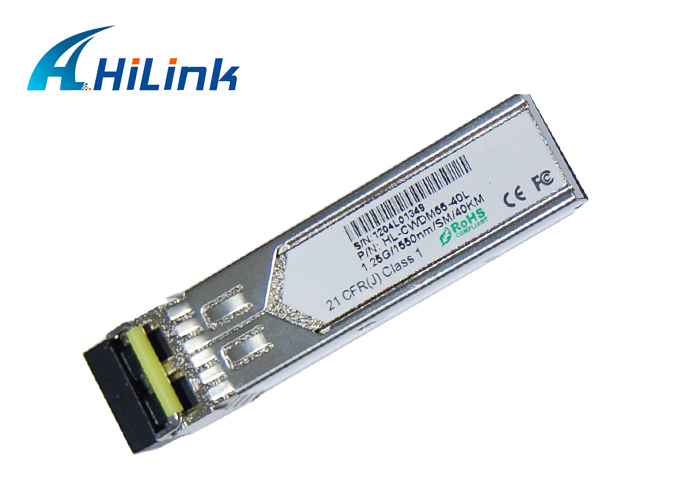What is the difference between SFP、SFP+、QSFP?
SFP, SFP+ or QSFP are all types of transceivers used to connect a switch or other network device to copper or fibre cable. They are most commonly used to add fibre ports. Which SFP transceiver you choose depends on the cable type, application, required optical range for the network and the desired data transmission rate.
What is an SFP?
An SFP, or small form factor pluggable, is a compact, hot-swappable transceiver designed to support 100/1000Mbps Ethernet, Fibre Channel and SONET, among other communication standards. SFP transceivers support speeds up to 4.25Gbps and are commonly used in telecommunications and data communications applications. SFP ports are found in a range of devices, from Ethernet switches to routers, NIC cards and firewalls. Small form factor pluggable specification is based on IEEE802.3 and SFF-8472.
SFP vs SFP+
SFP and SFP+ transceivers are virtually identical in size and appearance. The primary difference is that SFP+ is an updated version that supports higher speeds up to 10Gbps. The difference in data rate also accounts for a difference in transmission distance—SFP typically has a longer transmission distance. SFP+ specifications are based on SFF-8431. In terms of SFP vs SFP+ compatibility, SFP+ ports often accept SFP optics but at a reduced speed of 1Gbps. Be aware, however, that you cannot plug an SFP+ transceiver into an SFP port because SFP+ does not support speeds less than 1Gbps.
GBIC vs SFP
Prior to SFP and SFP+, the most common transceivers were gigabit interface converters, or GBICs. SFP, sometimes called mini-GBIC, replaces GBIC because of its smaller size.
What is a QSFP Port?
QSFP, or quad small form factor pluggable, is another type of compact, hot-swappable transceiver. It supports Ethernet, Fibre Channel, InfiniBand and SONET/SDH standards with different data rate options. QSFP modules are commonly available in several different types: 4x1Gbps QSFP, 4x10Gbps QSFP+, 4x28Gbps QSFP28.
QSFP+ andQSFP28 are the most recent versions, which support numerous 40Gbps and 100Gbps applications. Both QSFP+ and QSFP28 modules integrate 4 transmit and 4 receiver channels. While QSFP+ supports 4x10Gbps or 1x40Gbps, QSFP28 can do 4x25Gbps, 2x50Gbps or 1x100Gbps, depending on the transceiver used. The specifications for QSFP are based on SFF-8436.
How to Choose SFP Transceivers?
In addition to SFP vs SFP+ vs QSFP, you’ll also need to consider the application. SFP transceivers are available in different types depending on what they will be used for, for example single-mode vs multimode SFP. Single-mode SFP transceivers work with single-mode fibre, whereas multimode SFPs are compatible with multimode fibre. Additionally, there are long-reach WDM SFP transceivers for multiplexing, simplex SFPs for single fibre applications, video SFP transceivers for transmission of high-definition video, and PON SFP transceivers for fibre-based access networks. SFPs are available in commercial and extended operating temperature ranges, with or without extended diagnostics capabilities.

评论
发表评论